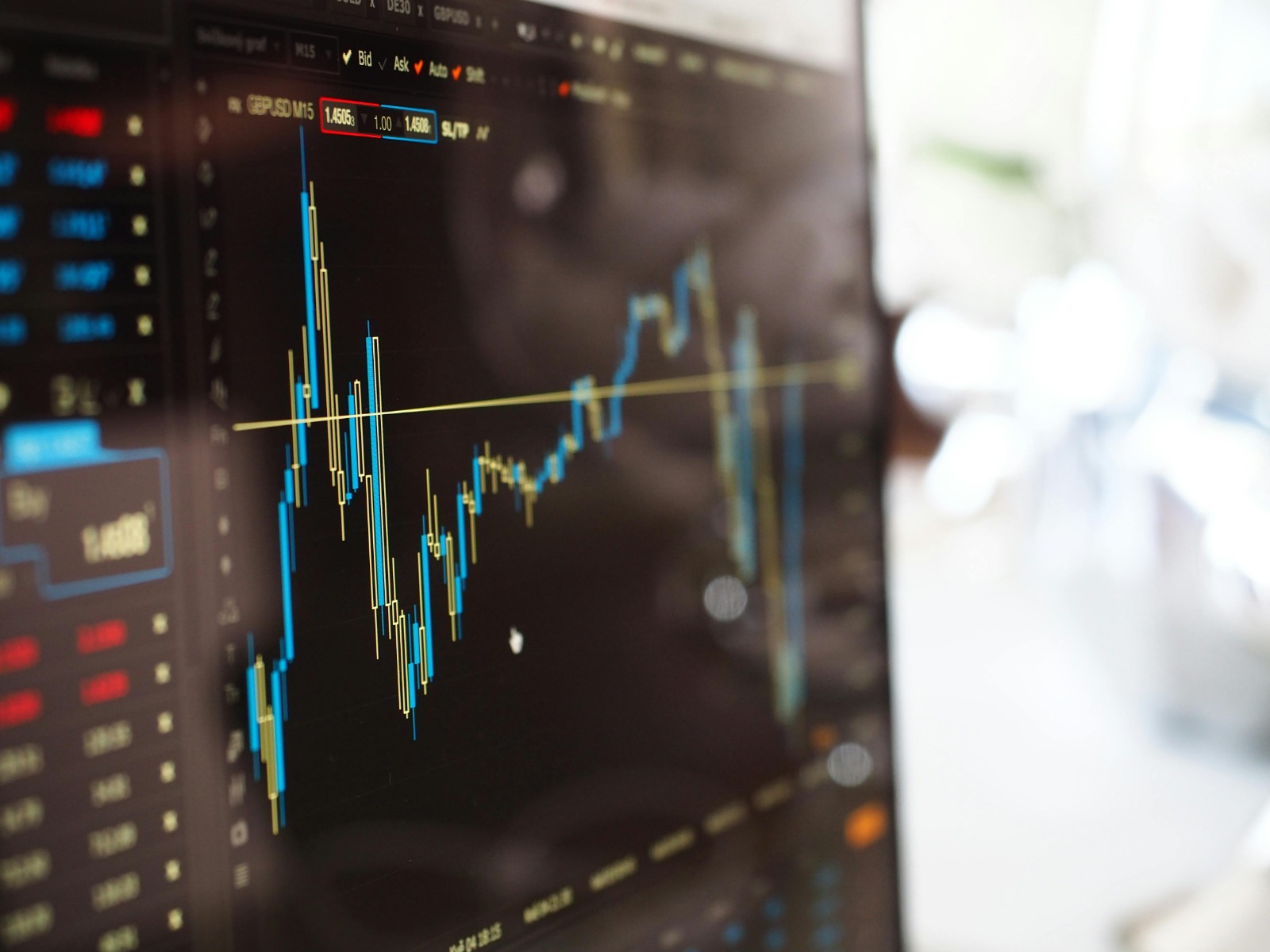
Introduction
Starting forex trading with no prior experience might seem challenging, but it is entirely possible. In fact, many successful traders today began their journey as complete beginners. With the right mindset, structured learning, and modern trading tools, anyone can enter the world of forex trading confidently. This guide will show you how to begin step by step, even if you are starting from scratch.
What is Forex Trading?
Forex trading is the exchange of one currency for another in the global marketplace. Traders profit by predicting whether a currency will strengthen or weaken against another. For example, buying EUR/USD means expecting the euro to rise against the dollar. Because forex trading operates 24 hours a day, five days a week, beginners have constant opportunities to participate.
Why Forex Trading is Beginner-Friendly
Unlike some investment markets, forex trading offers low entry barriers. You don’t need huge amounts of money or advanced financial knowledge to start. With online platforms and educational resources, learning forex trading has become more accessible than ever. Additionally, demo accounts allow complete beginners to practice trading without risking real money.
Step 1: Learn the Basics of Forex Trading
Understanding terms like currency pairs, pips, leverage, and margin is the first step. Beginners should familiarize themselves with how trades are executed and how profits or losses are calculated. Forex trading relies on a strong grasp of these fundamentals.
Step 2: Choose a Reliable Broker and Platform
Your broker provides the platform where trades are executed. Selecting a regulated broker ensures security and transparent services. Platforms should be user-friendly, offer analytical tools, and provide fast execution. Beginners in forex trading benefit from platforms that combine simplicity with powerful features.
Step 3: Practice with a Demo Account
Before risking money, beginners should practice forex trading in a demo environment. A demo account allows you to test strategies, explore platform features, and build confidence. This step helps you avoid costly mistakes when moving to live trading.
Step 4: Develop a Simple Strategy
Beginners should start with straightforward strategies such as trend-following or support-and-resistance trading. Forex trading strategies do not need to be complex to be effective. By sticking to a structured plan, traders can avoid emotional decision-making.
Step 5: Apply Risk Management from the Start
Risk management is a crucial part of forex trading. Always set stop-loss and take-profit levels to protect your capital. A common rule is to risk only a small percentage of your account on a single trade. This approach ensures longevity in the market, even if early trades result in losses.
Using Forexflora to Learn Forex Trading
Platforms like Forexflora provide educational resources and trading tools that guide beginners through each step. From tutorials and webinars to demo accounts and analysis tools, Forexflora supports traders who are starting forex trading with zero experience.
Mistakes Beginners Should Avoid
- Trading without a plan.
- Overleveraging positions.
- Ignoring stop-loss orders.
- Letting emotions control decisions.
By avoiding these pitfalls, beginners can create a solid foundation for long-term forex trading success.
Conclusion
Starting forex trading with zero experience is possible with the right approach. By learning the basics, practicing on demo accounts, applying risk management, and using platforms like Forexflora, beginners can enter the forex market with confidence. In 2025, forex trading continues to be one of the most accessible and rewarding financial opportunities for those willing to learn and grow.






